Cooling is often the most time-consuming phase of the injection molding cycle (taking up to 80% of total cycle time) and, therefore, one of the most obvious areas for relevant parties to consider if reducing production time is important. Reducing cooling time can allow more parts to be produced per hour, resulting in increased profitability without any impact on part quality.
This guide highlights a number of different strategies that may help you reduce cooling times for your injection molded parts from considering material choice to mold design, processing parameter modifications, special inserts and advanced IR temperature control technologies.
1. Understanding Cooling Time in Injection Molding
Cooling time is one of the most important phases in plastic injection molding. It accounts for the majority of the product cycle time, and it affects directly product quality and overall productivity. In this phase, the molten plastic material cools down and solidifies inside the mold cavity before being ejected. The cooling process begins right after filling-and-packing does.
1.1 What is Cooling Time?
Cooling time is the time required for the molten plastic injected in the mold to cool and solidify prior to ejection. It starts when the mold cavity is full of molten plastic and ends when the part has cooled down enough to be ejected without being deformed. The cooling time generally amounts up to 60% of the complete injection molding cycle, so that reduction of this will become a main parameter for shortening both production cycle and cost.
1.2 Why Cooling Time is Important
If the cooling time is too short, the part will warp, shrink or have poor structural integrity. If it’s too long, the manufacturing cycle becomes slower and results in higher production costs. Thus, it’s evident that cooling optimization is crucial for high-volume plastic part production.
2. Mold Design: Optimize Cooling Channels
Among all the actions, injection mold design can make the greatest impact on reducing cooling time. Correctly designed cooling channels within the mold are responsible for uniform temperatures in all areas of the mould which affects both -product performance and cycle time.
2.1 Importance of Cooling Channel Geometry
The design and location of cooling channels can have a direct impact on how fast the mold cools itself down. This is because straight-line channels often fail to cool uniformly, particularly in the case of thick-walled or complex parts. Advanced designs called conformal cooling channels are specifically created to suit the mold design and also help with uniform cooling across the part which would eventually reduce hotspots, warpage and overall cooling cycle as well.
2.2 Use of Conformal Cooling Technology
Conformal cooling is a recent technology that can be achieved by 3D printing or additive manufacturing. These cooling channels replicate the contours of the mold cavity in a much better way than the drilled lines can do and hence they provide more surface contact area and improved heat extraction rate.
2.3 Channel Size and Flow Rate Factors
Besides the layout of cooling channels, the size of channels and flow rate of coolant play an important role as well. Larger channel diameter can have better flow but it occupies more valuable mold space, on the other hand, smaller channels may cause limitation to heat transfer.
3. Advanced Cooling Techniques in Injection Molding
The cooling time affects plastic injection molding cycle time, product quality, and production efficiency directly. With molders’ requirement of shortening the cooling time and meeting higher product quality at the same time, advanced cooling techniques have been developed to promote the application of injection molds. Those new kind of technologies are different from conventional water-cooling-techniques, on that they manage to reach a temperature control effect with much better results.
3.1 Conformal Cooling Channels
One of the most effective solutions is to implement conformal cooling channels, in contrast to conventional straight-line cooling channels, with which conformal cooling channels can be designed along the complex shape of the mold cavity so that the part can be cooled uniformly without hot spots and internal warping issues.
By improving heat dissipation, the conformal cooling can reduce the cooling time up to 40% which is really impressive to increase general productivity. In most cases, this is done by 3D printing or Additive Manufacturing in mold making.
3.2 High Thermal Conductivity Mold Materials
Another way to reduce cooling time that has been used for some time is to select the mold itself from high thermal conductivity materials. Beryllium copper alloys, for example, conduct heat many times faster than typical tool steels, enabling the mold to cool and reset between cycles more rapidly.
More expensive, but with the fastest cycles, best surface finish and least energy usage. Use where cycle time is paramount or complex geometries cause molding issues in conventional tooling.
🧩 Conclusion: Smarter Cooling, Faster Cycles
Reducing cooling time actually can help you achieve faster production. More importantly, it helps you achieve smarter manufacturing as well. By leveraging mold design optimization, advanced materials, and innovative cooling technology such as conformal channels, you can effectively reduce cycle and part-production times without compromising on part quality.
Save a second in cooling here, another there, and pretty soon all of that time saved will add up to more output, lower energy costs per unit produced, and increased profitability in your automotive parts molding operations, for electronics manufacturers, for producers of medical components or devices—it adds up to higher market-share competitiveness especially within the current high-urgency marketplace.

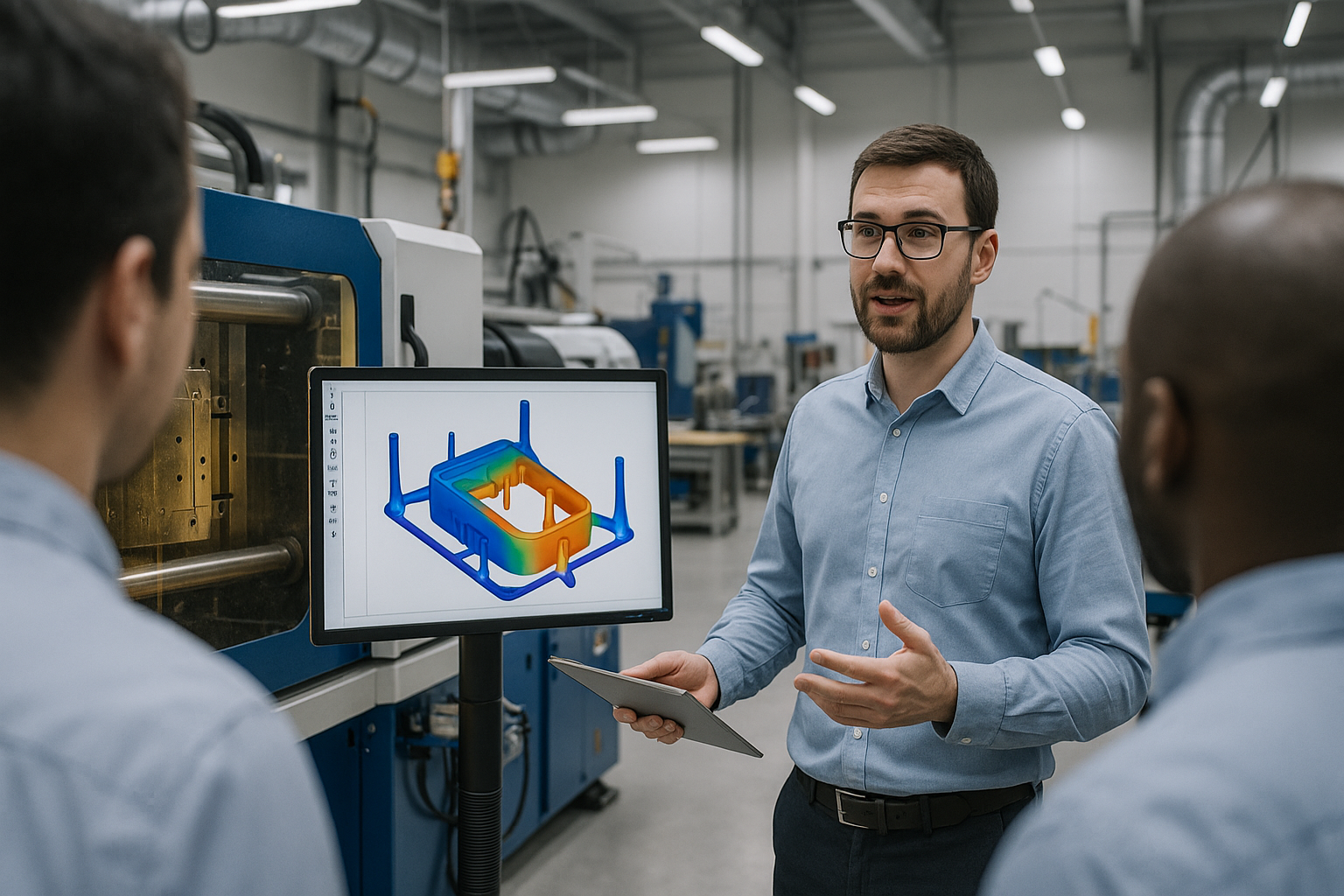
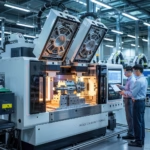
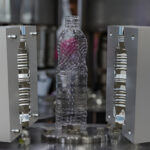
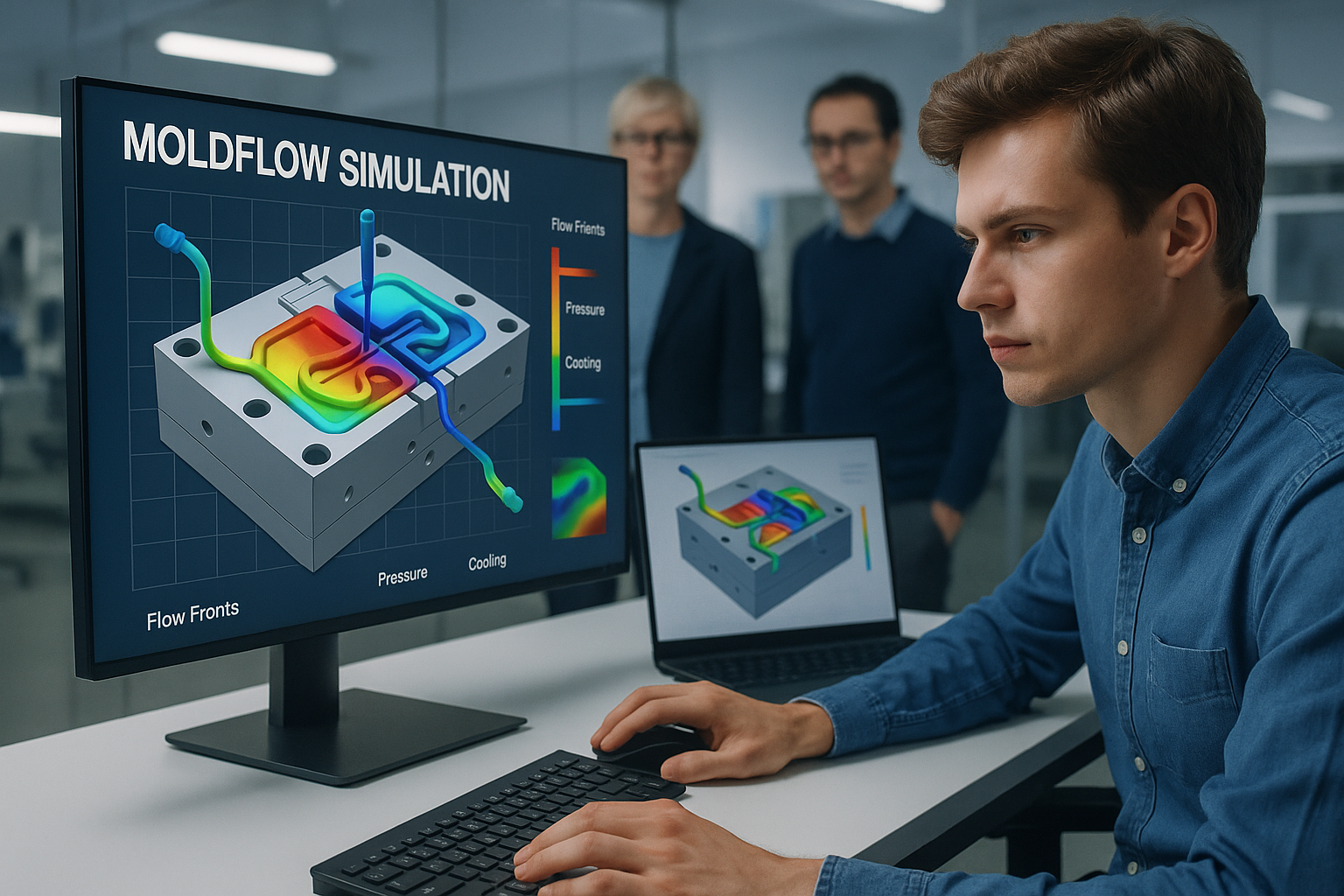
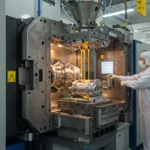
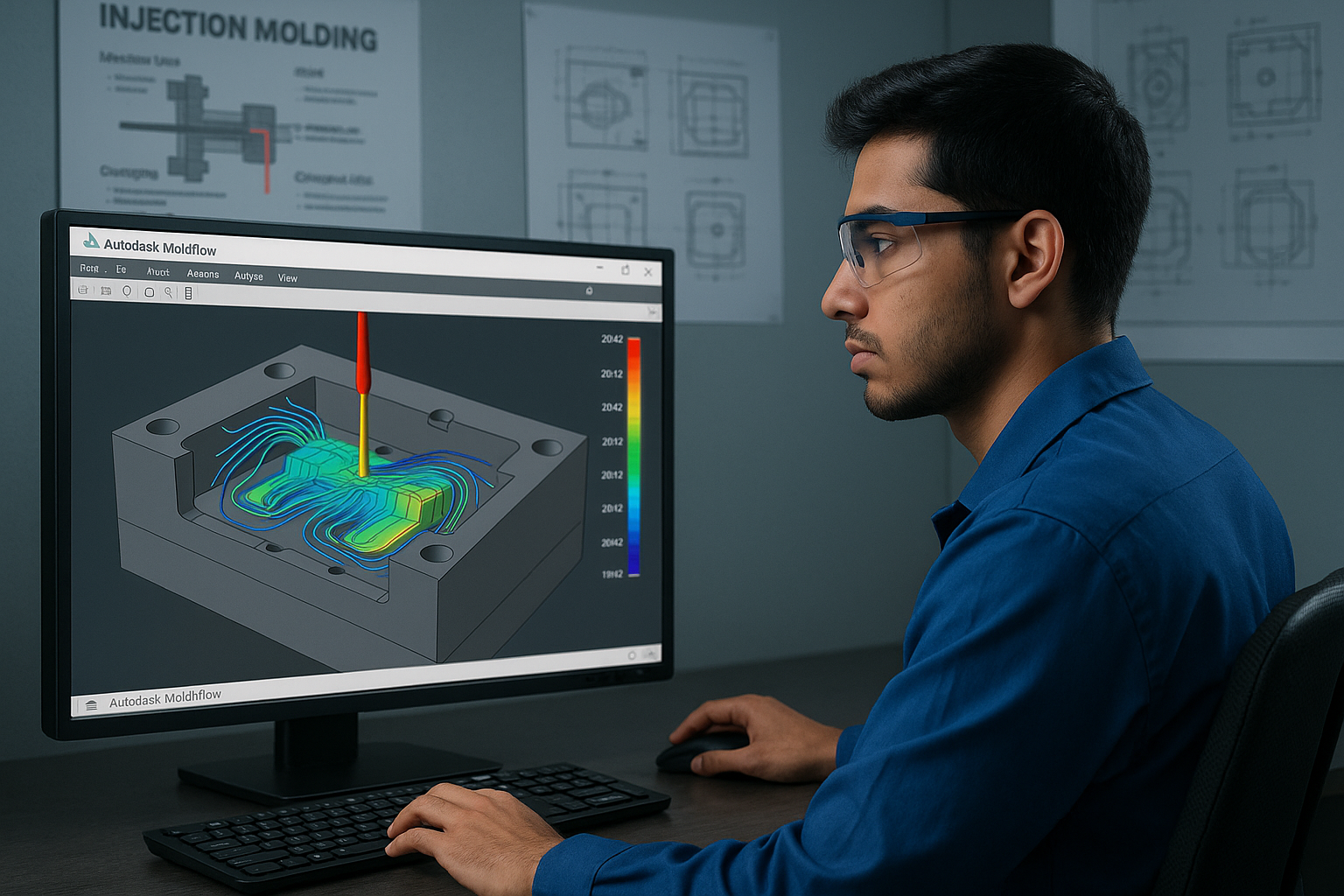
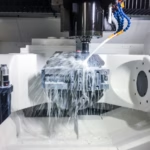

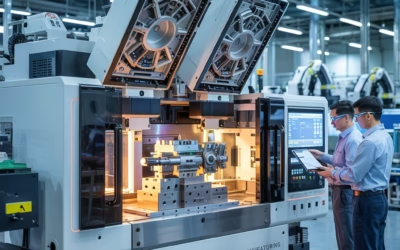
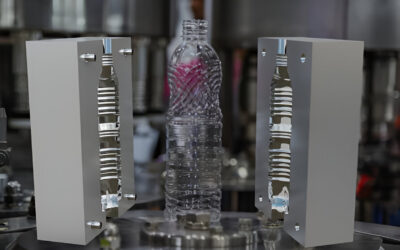
0 Comments